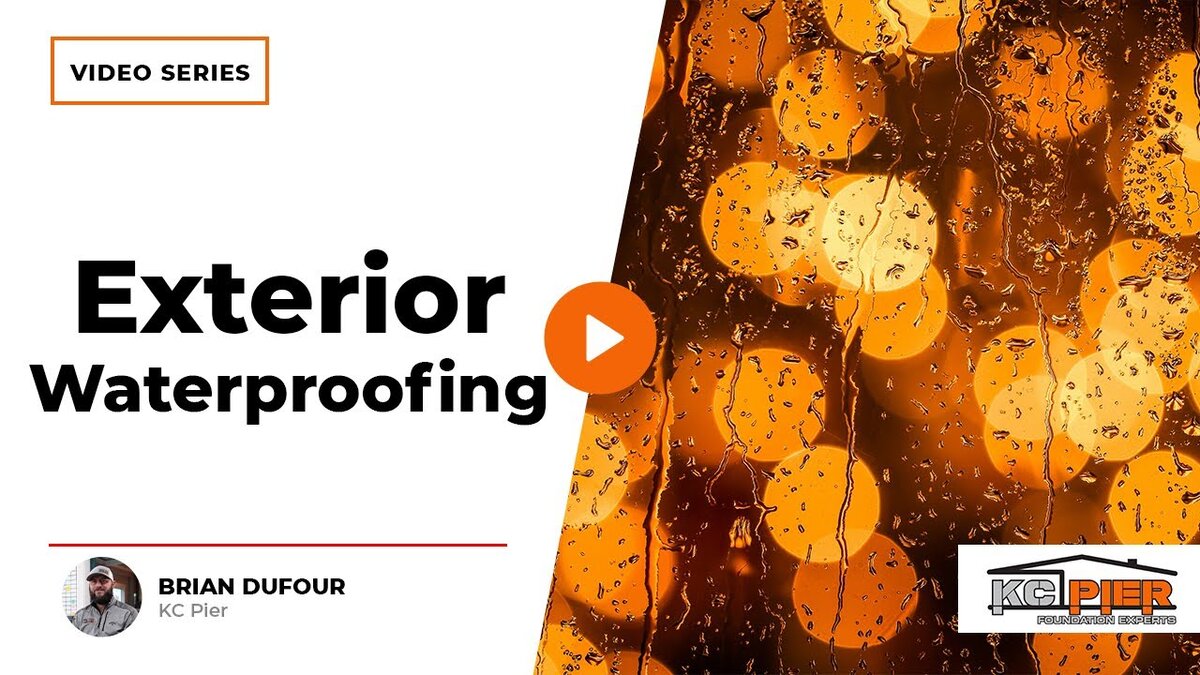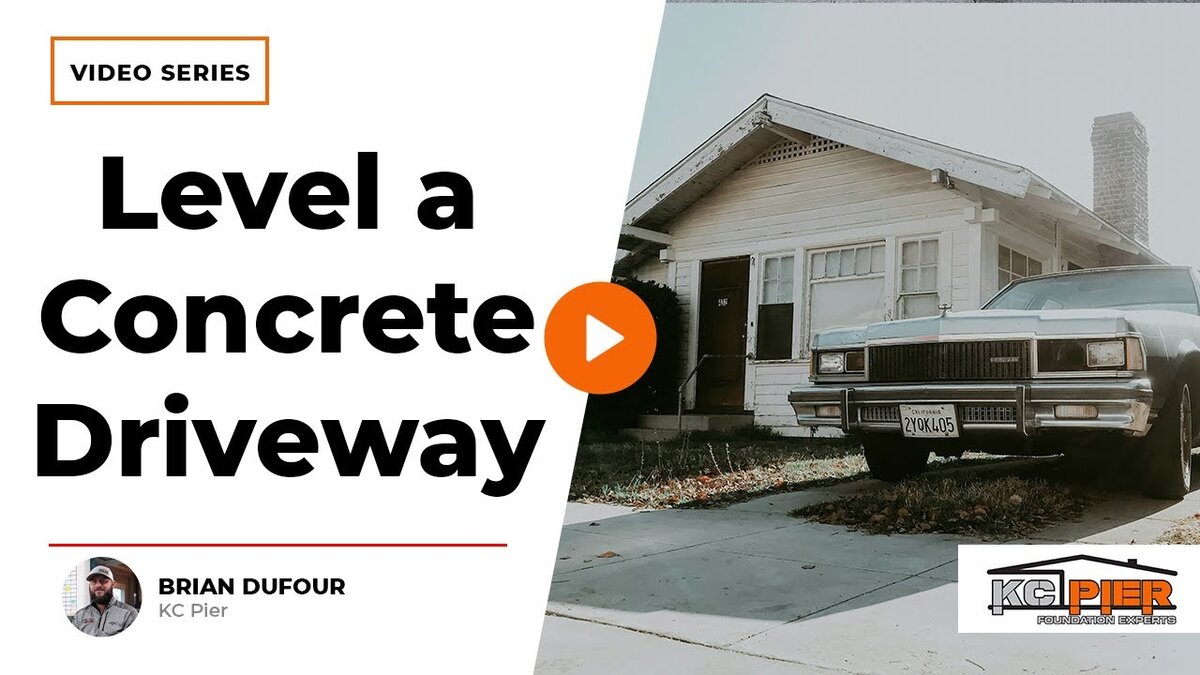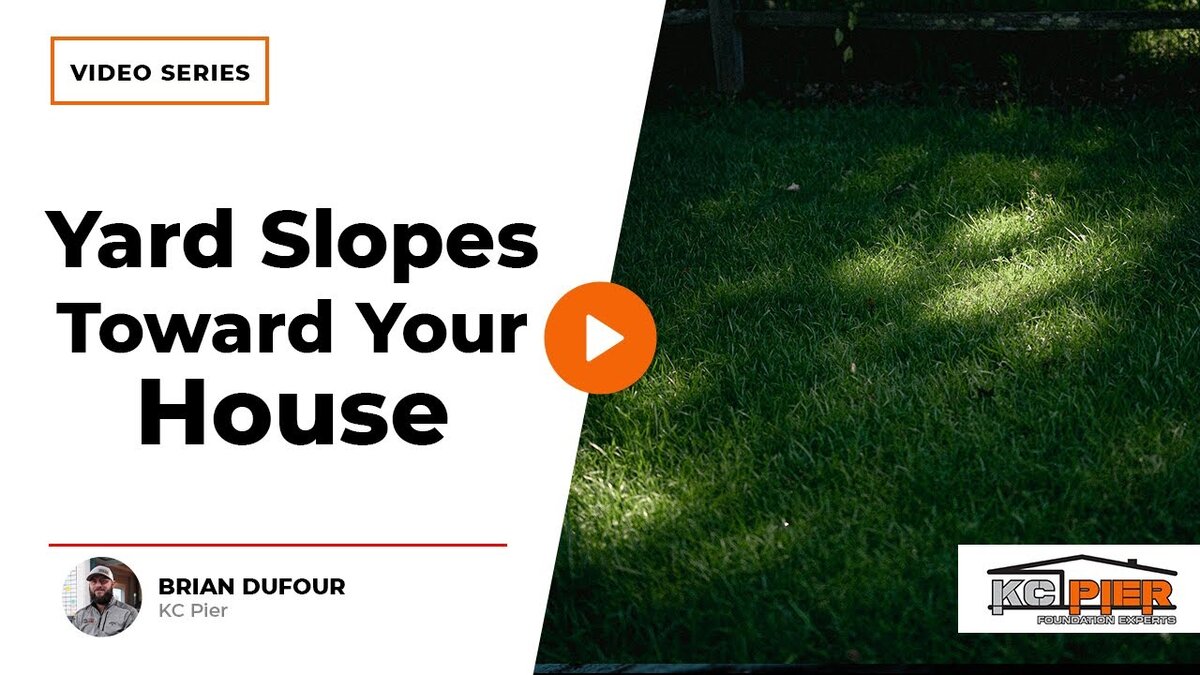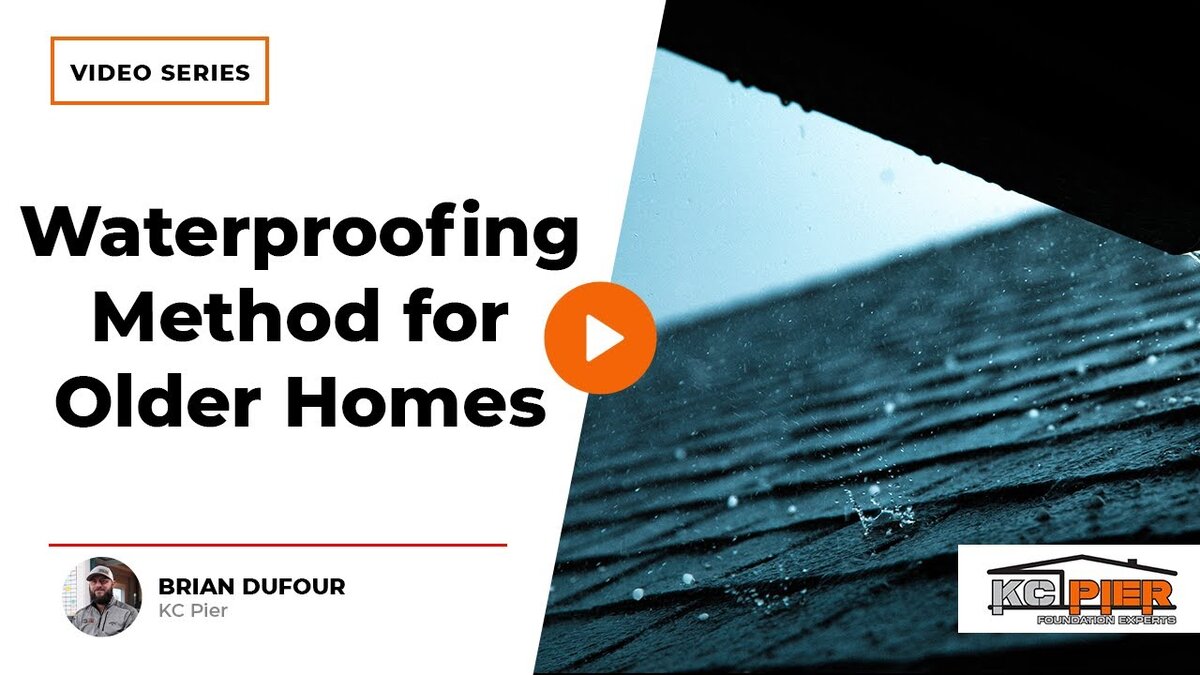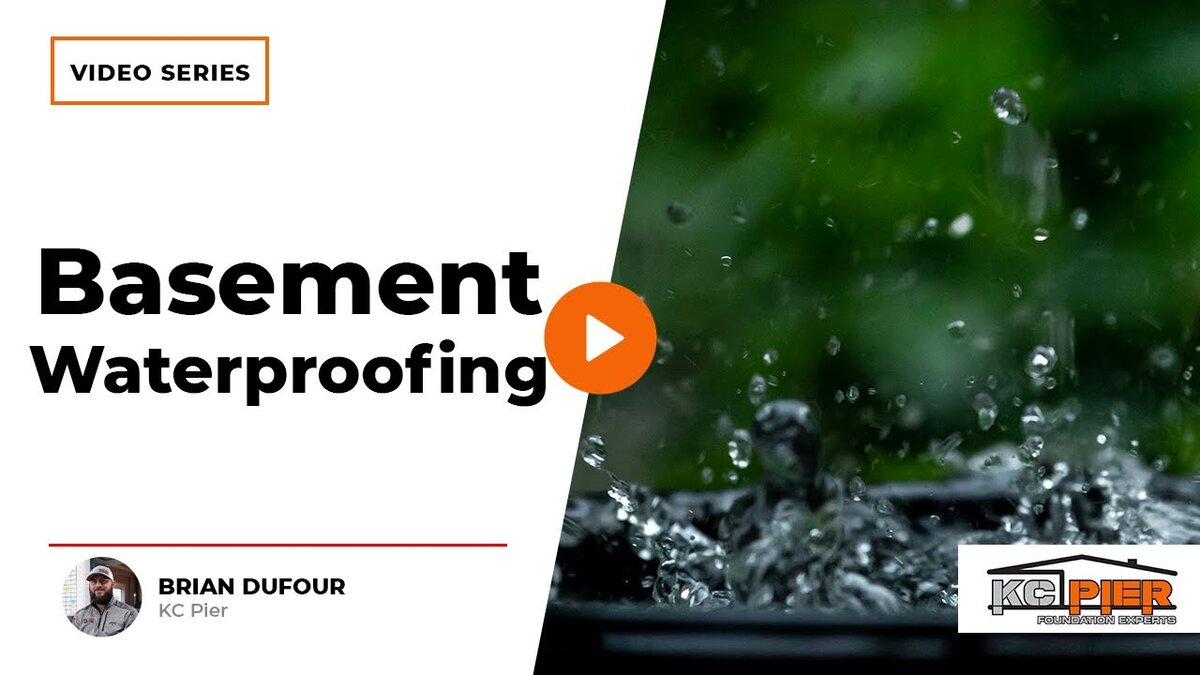When it comes to foundation repair, two common terms you might hear are “drilled piers” and “pressed pilings.” These terms are often used interchangeably, but they refer to distinct techniques for stabilizing and supporting foundations. In this article, we’ll explore the differences between drilled piers and pressed piling, helping you make an informed decision when facing foundation issues.
Differences between Drilled Piers and Pressed Piling
The primary distinction between drilled piers and pressed pilings lies in the installation technique. Drilled piers, sometimes known as helical piers, are typically installed using heavy machinery such as excavators or skid steers. These machines are equipped with hydraulic attachments that drill the piers deep into the ground, ensuring they can support the necessary load.
Pressed pilings, on the other hand, rely on hydraulic force to push the piers into the ground manually. Installers use handheld hydraulic rams to drive these smaller segments of pressed pilings into the ground. This fundamental difference in installation methods leads to variations in the length and strength of these foundation support systems.
Length of Drilled Piers and Pressed Pilings
One key aspect to consider is the length of the foundation support elements. Drilled piers, owing to the power of the machinery used, can be much longer, often reaching up to 3 feet in length. In contrast, pressed pilings are typically shorter, with segments averaging around 20 to 24 inches. This discrepancy in length can have implications for the overall stability and load-bearing capacity of the foundation.
KC Pier’s Approach to Pier Installation
At KC Pier, we take a unique approach to foundation pier installation. We specialize in both pressed pilings and drilled piers, but we prioritize the use of pressed pilings in most cases. Our team is committed to providing our customers with the most structurally sound solutions, backed by lifetime warranties.
KC Pier’s Stance on Drilled Piers and Pressed Pilings
While we are experienced in working with helical piers and drilled piers, our preference is for pressed pilings due to their structural advantages. We typically use drilled piers in situations such as new construction or when specific applications require them. However, we do not believe in using drilled piers as a one-size-fits-all solution, which some companies might do solely for cost-saving purposes.
At KC Pier, we advocate for the use of concentrically loaded pressed pilings because they offer a more robust and lifetime-warranted solution compared to other methods. We prioritize the structural integrity of your foundation to provide you with long-lasting results.
Conclusion
When it comes to foundation repair, the choice between drilled piers and pressed pilings depends on several factors, including the specific requirements of your project. KC Pier is committed to providing high-quality, lifetime solutions tailored to your unique needs.
When you contact us for your foundation repair needs, we’ll thoroughly assess your situation and discuss the best options available. We believe in transparency and providing you with all the information you need to make an informed decision about your foundation repair project. Trust KC Pier to deliver the quality and longevity your home deserves. Contact us today to get started on your foundation repair journey.


